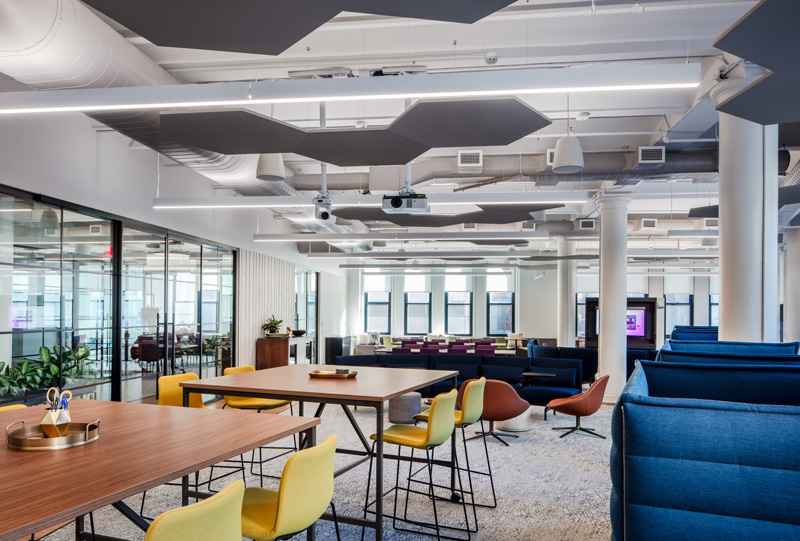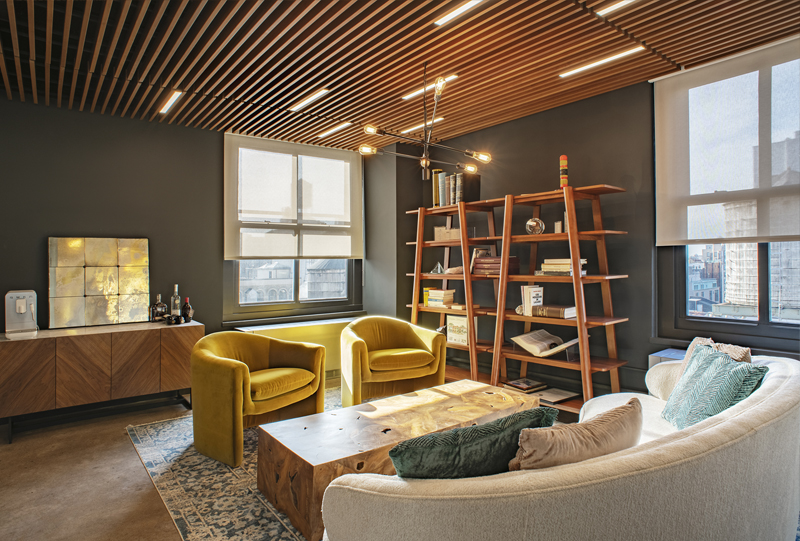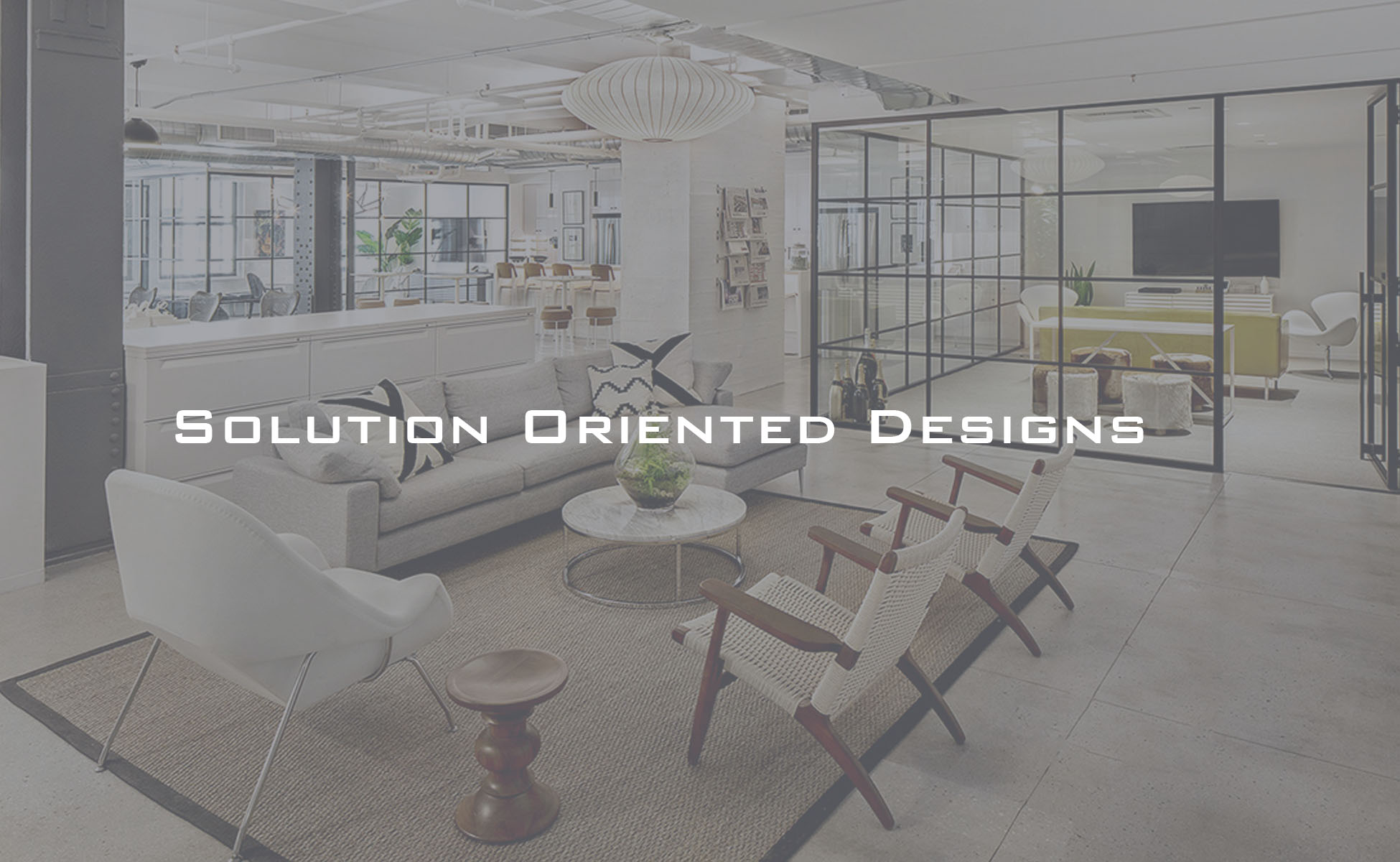Walk into any commercial space today, and you’ll notice how sound is managed just as intentionally as lighting or layout. But it wasn’t always this way. For decades, acoustics were often an afterthought in office buildings, lobbies, and retail spaces. Now, they are a core part of how we design environments that not only look good but feel good to be in.
A Brief History of Acoustics in Commercial Interiors
Acoustics have been a consideration in architecture for centuries—think of the precise engineering of amphitheaters in ancient Greece or the grand cathedrals of Europe, designed to carry sound without modern amplification. But in the commercial sector, acoustics only began receiving widespread attention in the mid-20th century.
During the rise of modernist architecture, open office plans became the norm. These designs emphasized clean lines, high ceilings, and hard surfaces like glass and concrete—beautiful but often disastrous for sound control. The 1980s and 1990s saw an increase in the use of cubicles, which offered some level of acoustic privacy but were often uninspiring and isolating.
By the early 2000s, open-plan offices made a resurgence, especially in tech companies that championed collaboration. The problem? Without proper acoustic planning, these spaces became echo chambers, leading to distractions and reduced productivity. The need for better acoustic solutions was becoming impossible to ignore.


Major Advances in the Last Decade
In the past ten years, a shift has taken place. The industry has recognized that acoustics are just as crucial to workplace wellness as lighting, ergonomics, and air quality. The demand for quieter, more controlled sound environments has driven innovation. Some of the key advancements include:
- Acoustic Panels & Baffles: Materials like PET felt (often made from recycled plastic) have revolutionized how we absorb sound without compromising aesthetics. These panels come in various colors, shapes, and textures, allowing for both function and style.
- Micro-Perforated Metal Panels: These panels appear solid but are actually full of tiny perforations that trap and diffuse sound waves, reducing echoes while maintaining a sleek, modern look.
- Sound-Masking Technology: Offices now use subtle background noise to make speech less intelligible at a distance, reducing distractions without creating an unnatural quietness.
- Biophilic Acoustics: Companies are integrating moss walls, wood paneling, and other natural elements that not only enhance aesthetics but also naturally absorb sound.
- Dynamic Ceiling Systems: Acoustic ceiling clouds and sculptural installations help break up sound waves in open spaces while adding visual interest.
- AI-Powered Acoustic Analysis: Designers can now use AI to model how sound will behave in a space before construction even begins, allowing for more precise planning.
Why This Matters for Tenants, Building Owners, and Property Managers
Acoustics are no longer just about comfort—they’re about business value. A well-designed acoustic environment can be a competitive advantage in leasing, tenant retention, and overall space utilization.
- For Tenants: Employees in well-managed acoustic environments experience lower stress levels, higher productivity, and fewer distractions. This is especially important as hybrid work models increase the demand for offices that truly support focused, in-person collaboration.
- For Building Owners: Buildings with good acoustic design are more attractive to potential tenants. A space that looks great but is unusable due to noise issues can be a dealbreaker. Investing in acoustics upfront can lead to higher occupancy rates and fewer costly renovations later.
- For Property Managers: Poor acoustics lead to frequent complaints, particularly in multi-tenant office spaces. Proactively addressing sound issues means fewer headaches, better tenant satisfaction, and ultimately, higher lease renewal rates.
The Future of Acoustics in Commercial Interiors
As commercial interiors continue evolving, acoustics will remain at the forefront of design. With the rise of smart buildings, we’ll likely see even more integration between sound management and technology. Adaptive acoustics—where sound environments shift dynamically based on occupancy levels and usage—could become the norm.
What’s clear is that acoustics are no longer an afterthought. Whether in offices, retail spaces, or hospitality environments, the ability to control sound effectively is shaping the way we experience commercial spaces. And for those in the industry—whether you’re a tenant, a building owner, or a property manager—understanding this shift is key to staying ahead.



Leave A Comment